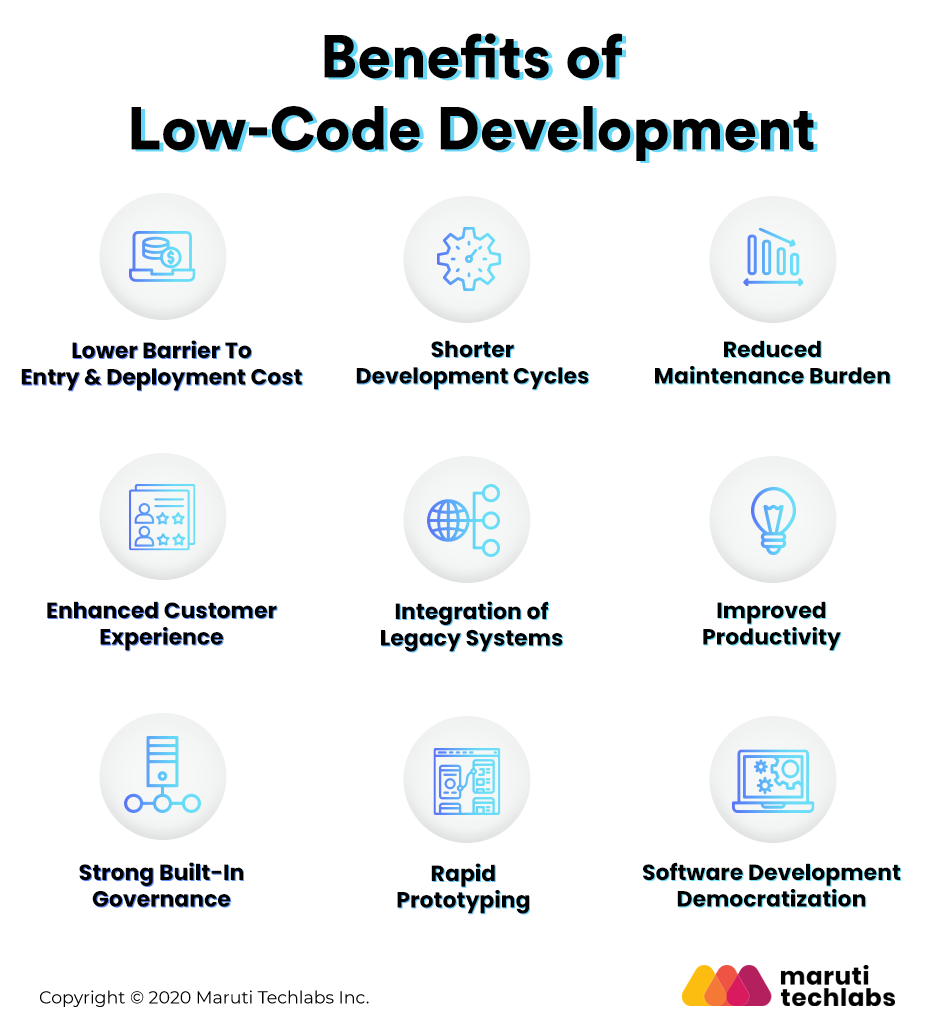The rise of no-code and low-code development is revolutionizing the way businesses approach software creation. These innovative platforms empower individuals, regardless of their technical expertise, to build applications and automate processes with ease. By leveraging visual interfaces and pre-built components, no-code and low-code solutions are democratizing technology, enabling a broader range of users to participate in the development process. As organizations strive for agility and efficiency, understanding this trend becomes essential for staying competitive in today’s fast-paced digital landscape.
In this article, we will delve into the key features and advantages of no-code and low-code development, highlighting how these approaches can significantly reduce development time and costs. You will learn about the various tools available in the market, their unique functionalities, and how they cater to different business needs. Additionally, we will explore real-world case studies that showcase successful implementations, providing you with practical insights into how these platforms can transform your organization.
As we navigate through the intricacies of no-code and low-code development, we will also address common misconceptions and challenges associated with these methodologies. By the end of this article, you will have a comprehensive understanding of how to leverage these powerful tools to enhance productivity and foster innovation within your team. So, stay with us as we uncover the potential of no-code and low-code development and how it can reshape the future of software development.
Understanding No-code and Low-code Platforms
No-code and low-code platforms are revolutionizing the way software is developed. These platforms allow users to create applications with minimal or no coding experience, making software development accessible to a broader audience. No-code platforms enable users to build applications through graphical user interfaces, while low-code platforms provide a mix of visual development and coding capabilities for more complex applications.
The rise of these platforms is driven by the increasing demand for rapid application development and the need for businesses to adapt quickly to changing market conditions. By empowering non-technical users, organizations can accelerate their digital transformation efforts and reduce the backlog of IT requests. This democratization of software development is reshaping the tech landscape, allowing for greater innovation and efficiency.
Benefits of No-code and Low-code Development
The benefits of no-code and low-code development are numerous. Firstly, these platforms significantly reduce the time and cost associated with traditional software development. Businesses can launch applications faster, which is crucial in today’s fast-paced environment. Additionally, these platforms enable organizations to leverage the skills of their existing workforce, allowing employees from various departments to contribute to application development.
Moreover, no-code and low-code solutions enhance collaboration between IT and business teams. By providing a common platform for both technical and non-technical users, these tools foster communication and understanding, leading to better alignment of business goals and IT capabilities. This collaborative approach not only improves project outcomes but also encourages a culture of innovation within organizations.
Use Cases for No-code and Low-code Development
No-code and low-code platforms are being utilized across various industries for a multitude of applications. Common use cases include creating internal tools, automating workflows, and developing customer-facing applications. For instance, businesses can quickly build dashboards to visualize data or automate repetitive tasks, freeing up valuable time for employees to focus on more strategic initiatives.
Additionally, these platforms are ideal for prototyping and testing new ideas. Organizations can rapidly develop and iterate on applications, gathering feedback from users before committing to full-scale development. This agility not only reduces risk but also ensures that the final product meets user needs and expectations, ultimately leading to higher satisfaction and adoption rates.
Challenges and Limitations of No-code and Low-code Development
Despite the many advantages, no-code and low-code development also come with challenges. One significant concern is the potential for “shadow IT,” where employees create applications without proper oversight from the IT department. This can lead to security vulnerabilities and compliance issues if not managed correctly. Organizations must establish governance frameworks to ensure that applications built on these platforms adhere to company policies and standards.
Another limitation is the scalability of applications developed using no-code and low-code tools. While these platforms are excellent for rapid development, they may not always support the complex functionalities required for larger, enterprise-level applications. As businesses grow, they may need to transition to more robust development environments, which can create additional challenges in terms of migration and integration.
The Future of No-code and Low-code Development
The future of no-code and low-code development looks promising as technology continues to evolve. With advancements in artificial intelligence and machine learning, these platforms are expected to become even more intuitive, allowing users to create sophisticated applications with minimal effort. As a result, we may see an increase in the number of citizen developers—non-technical users who actively participate in the software development process.
Furthermore, as organizations increasingly recognize the value of digital transformation, the demand for no-code and low-code solutions will likely continue to grow. This trend will drive innovation in the space, leading to the development of more specialized tools tailored to specific industries and use cases. Ultimately, the rise of no-code and low-code development will empower businesses to be more agile, responsive, and competitive in the digital age.
No-code and low-code development platforms are transforming the way software is created, enabling individuals with little to no programming experience to build applications. This summary table outlines the key aspects of this growing trend.
| Aspect | Description |
|---|---|
| Definition | No-code platforms allow users to create applications without writing code, while low-code platforms require minimal coding, providing a balance between ease of use and customization. |
| Target Audience | These platforms cater to a wide range of users, including business analysts, entrepreneurs, and professional developers looking to accelerate their workflow. |
| Benefits | Faster development times, reduced costs, increased accessibility for non-technical users, and the ability to quickly iterate on ideas. |
| Use Cases | Common applications include internal tools, customer relationship management (CRM) systems, and mobile applications. |
| Challenges | Potential limitations in customization, scalability issues, and the risk of creating poorly designed applications if not used correctly. |
| Future Trends | Integration with artificial intelligence, enhanced collaboration features, and a growing ecosystem of plugins and templates to expand functionality. |



